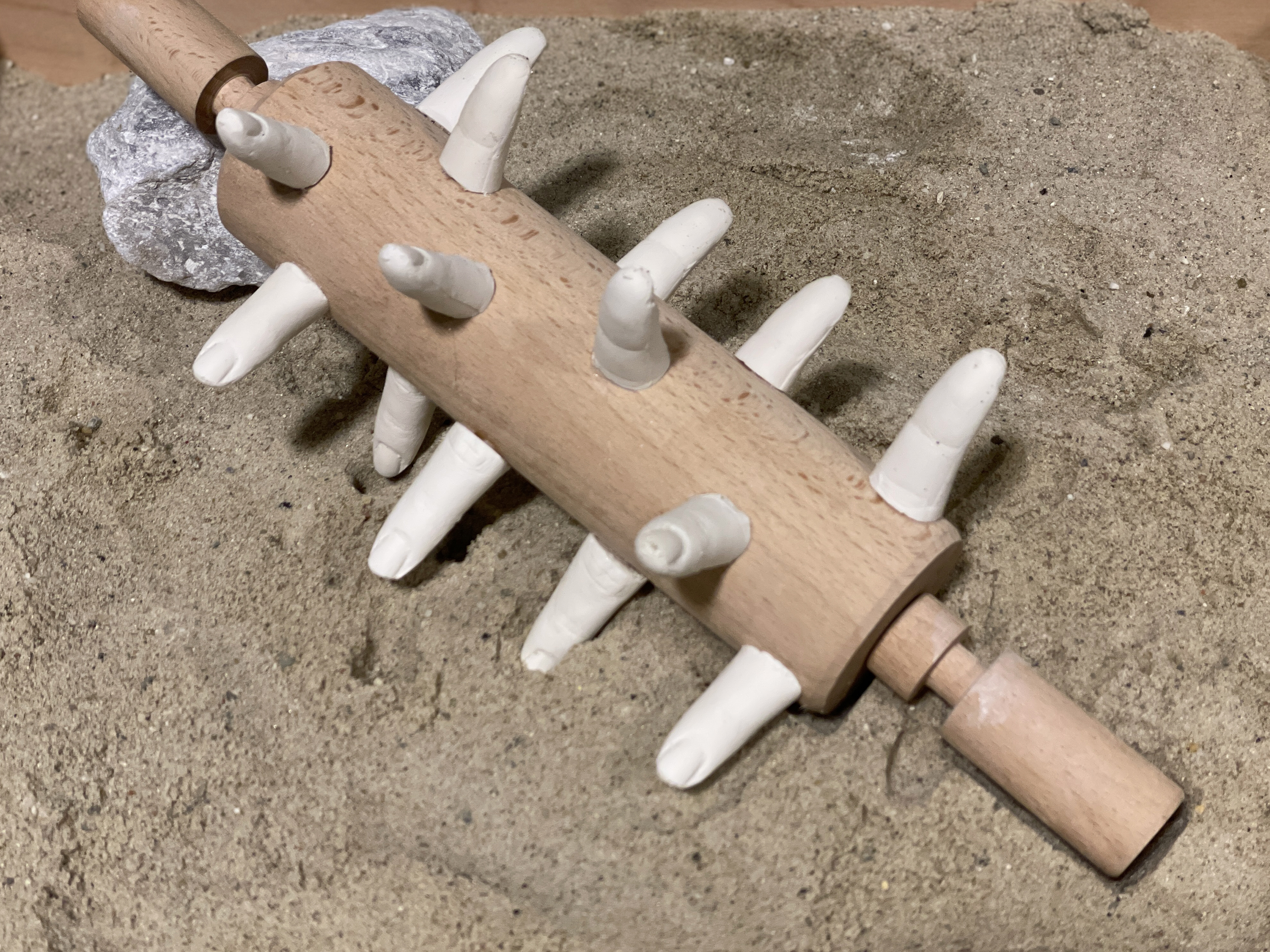








THE FORGOTTEN REALM, 2021
Eindhoven, The Netherlands
“Wilderness”: the untouched, unknown territory ; “pure” nature that has not been subject to human influence.
With its living drifting sand, De Loonse en Drunense Duinen is a unique nature reserve both in the Dutch province of Brabant, as well as the whole of Europe, also named the Sahara of Brabant.
Having been designated as a national park in 2002, I researched into the history of the landscape before being given this label. The village of Venloon, was once located where De Loonse en Drunense Duinen posits now. Ironically, it is the remnants of an environmental disaster that took place in the Middle Ages – the result of overgrazing and deforestation by humans.
De Loonse en Drunense Duinen “hides it’s unnaturalness behind a mask.” The beauty of nature that we think to preserve is profoundly a human creation, and we gaze into the mirror it holds up for the reflection of our own unexamined longings and desires.
There exists very little about Venloon, apart from the story of how the Venloners had to flee to new territory due to the drifting sands, which can be found in the Dutch legend “Ses Boogscheuten Weeghs.”
Curious about what the village used to be, I decided to reimagine what it may have looked like through the use of maps of the area from the 19th century. I took the symbols on the maps as diagrammatic elements to interpret into fragments of the ‘imagined’ village.
Through creating tiles, the act of carving and casting, worked as a metaphor of revealing and burying, of human and nature.
My idea further developed into questioning the idealization of how we now commonly understand nature to be, a pristine sanctuary, burying the taint of civilization from the past, and what it means to ‘protect’ nature.
People in their collective memory forget that it is not pure wilderness, but a result of human interference.
I used my hands as a direct conveyance. The hand itself, is the first mediative tool of reaching the world – the communication between human and nature. The final outcome were gardening tools created using the casts of my own hands in different positions. Japanese Zen-like garden is made, where the notion of scraping, digging and marking acts as a revealing of the constructed past through the removal of the sand, but also, as a gesture of the conscious behaviour of manipulation that we have on nature.